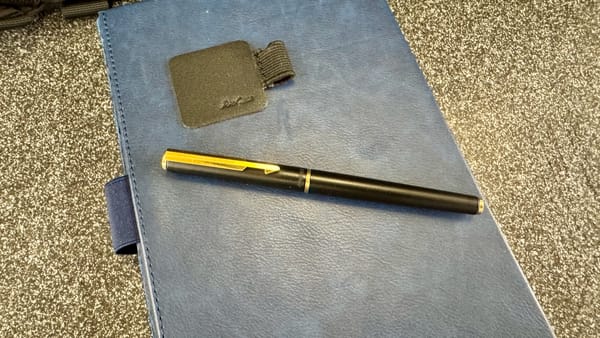New TV

The TV might just be my household's most precious gadget. It's the one thing that brings all my family members together on the big screen, which is why I tend to invest a bit more in it. All my family members love to watch something on the big screen together, so I usually spend more money on TV. Yet, I've always steered clear of OLED TVs for a couple of reasons: 1) I have a penchant for brighter, more vivid colors, likely because I'm an avid anime lover, and 2) The fear of OLED burn-in has haunted me, especially after seeing a friend had to replace his OLED panel annually due to burn-in issues several years ago (it was LG 98" flagship OLED model with more than 100K price tag). So, when I returned to the US in 2019, I bought Samsung's QN65Q90R. Samsung marketed it under the QLED banner, but technically, it's not a quantum-dot light-emitting diode (which Samsung now calls QD-OLED) but rather an LED-backlit LCD enhanced by a quantum-dot color 'filter.' It was a flagship model for QLED lines at the time, with 480 dimming zones. I remember paying more than $2,600 at local Fry's, but it's been thoroughly enjoyable.
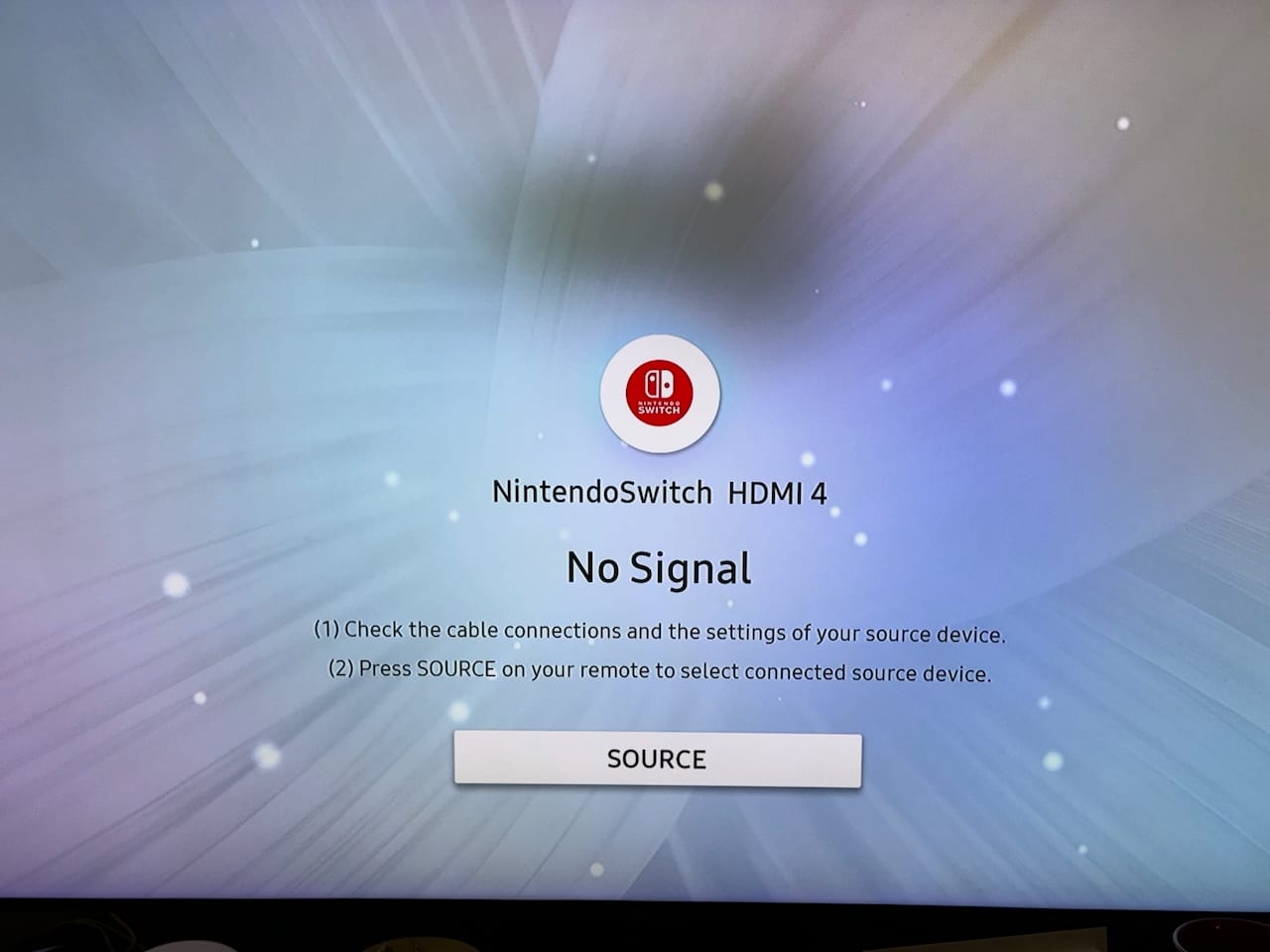
However, towards the end of last year, I was startled by an unexpected cracking noise. Initially puzzled by its origin, I soon discovered a significant bruise on the TV screen. A quick Googling made me realize that one or more of the TV's backlights had failed. My four-year Fry's warranty had just run out (not to mention that Fry's was no longer around here). Attempting to address the issue, I first tried to reach out to Samsung's service, only to find out that there were no official Samsung service centers in the US (a stark contrast to Korea, where a simple phone call could have service staff at my door within a day). Eventually, I consulted a local service provider, who, after assessing the situation, quoted over $1,700 just for the replacement panel. He suggested it might be more reasonable just to purchase a new TV.
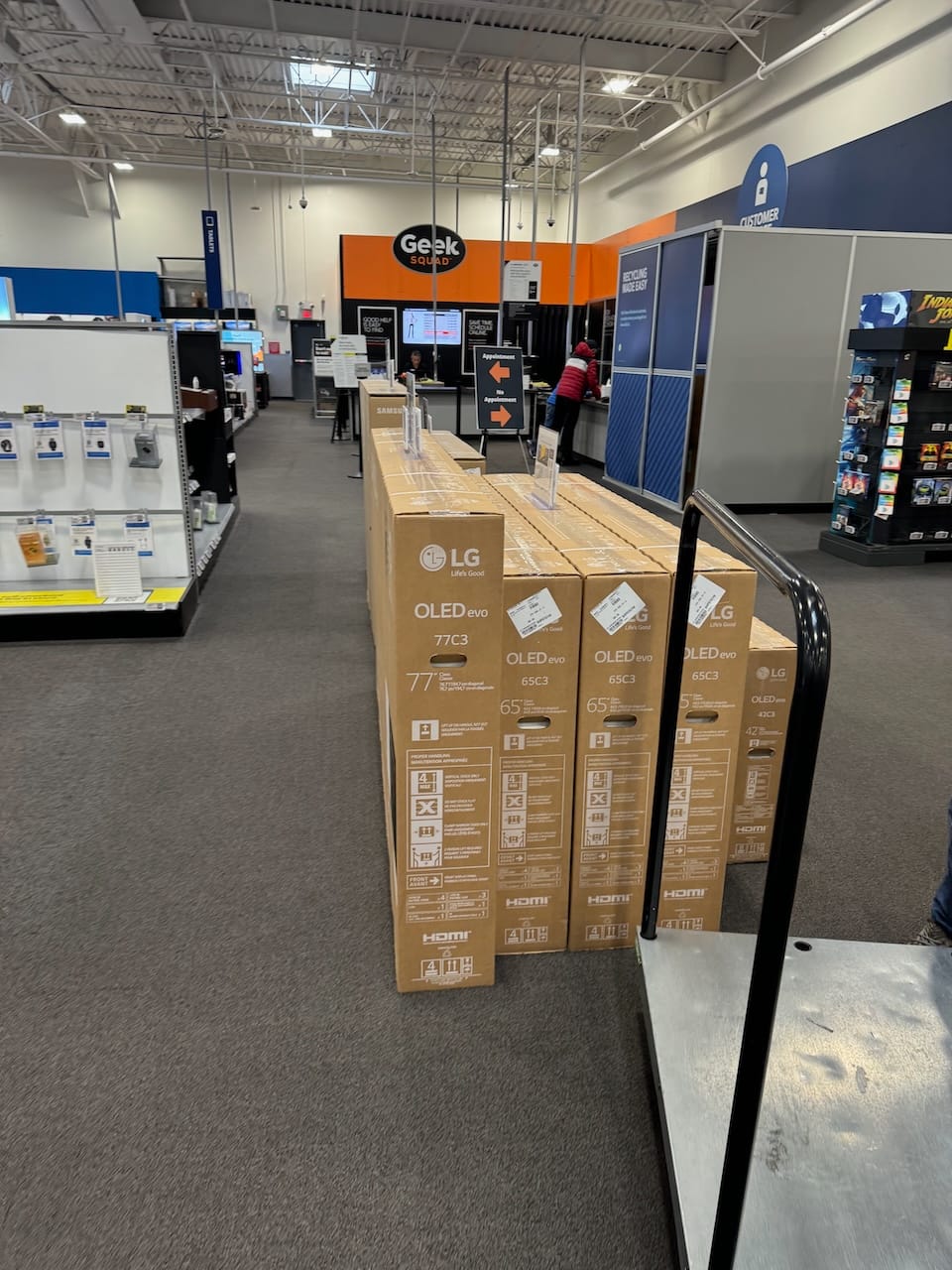
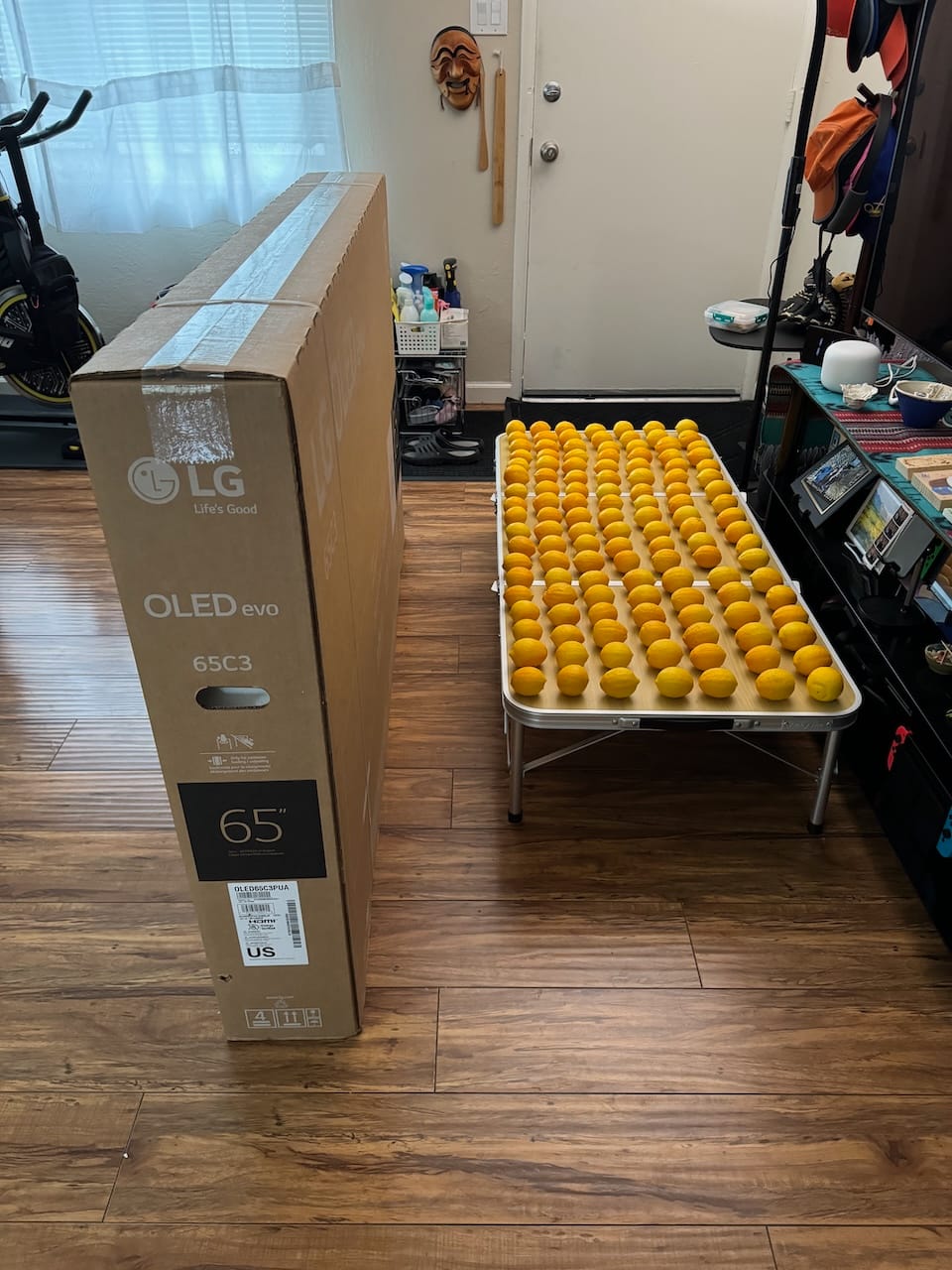
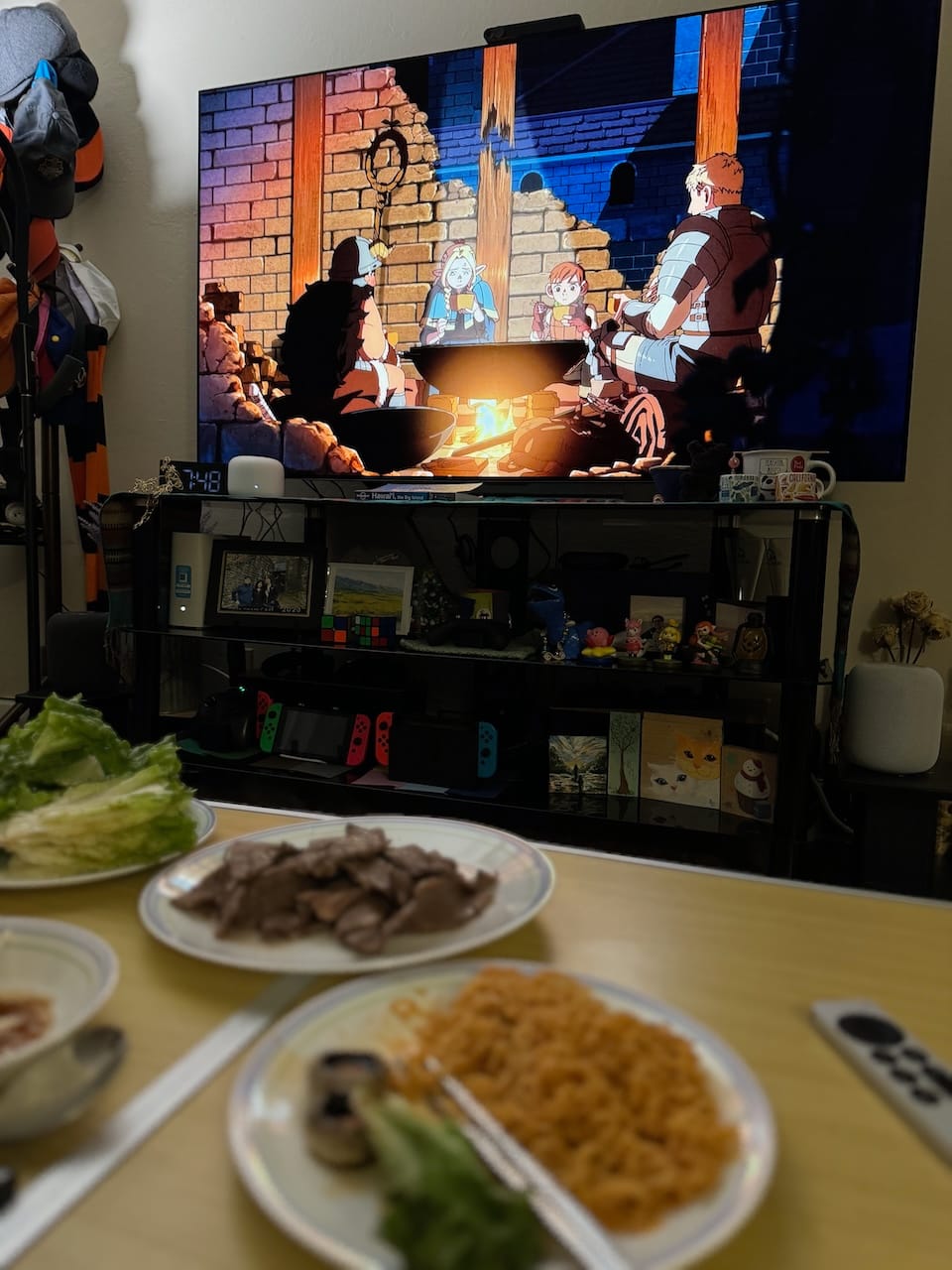
So, I opted to buy a new TV, settling on the LG OLED evo C3, marking it my first OLED TV. My longstanding fear of burn-in was the final obstacle to overcome. But a friend assured me that it was a less concerning issue now because the OLED TV was too cheap nowadays. With a price tag of $1,700, calling it "cheap" might stretch the definition. But when compared to the $2,600 I spent on my 2019 LED model and the fact that the price of the OLED TV was two or three times higher several years ago, the decision felt less daunting. I've been extremely happy with the choice. The brightness levels are perfect, and the dreaded ABL (Auto-Brightness Limiting) issue is nowhere to be seen. I did weigh the option of Samsung's QD-OLED models, encouraged by numerous positive reviews. Yet, considering it's still relatively novel technology without long-term stability assurances, and a prominent review site even suggesting QD-OLEDs might be more prone to burn-in, I leaned towards LG. With their extensive experience and knowledge in OLED technology, I trusted in their reliability. Looking back, I'm confident I made the right choice.
The family emergency was released; we were able to resume our cherished weekend ritual: gathering together to watch anime. This ritual is more than just a pastime; it's a thread that weaves our family closer, creating memories. I hope my new TV extends it beyond (at least) five more years (so I couldn't help but buy BestBuy's GeekSquad warranty, which covers burn-ins for five years).

